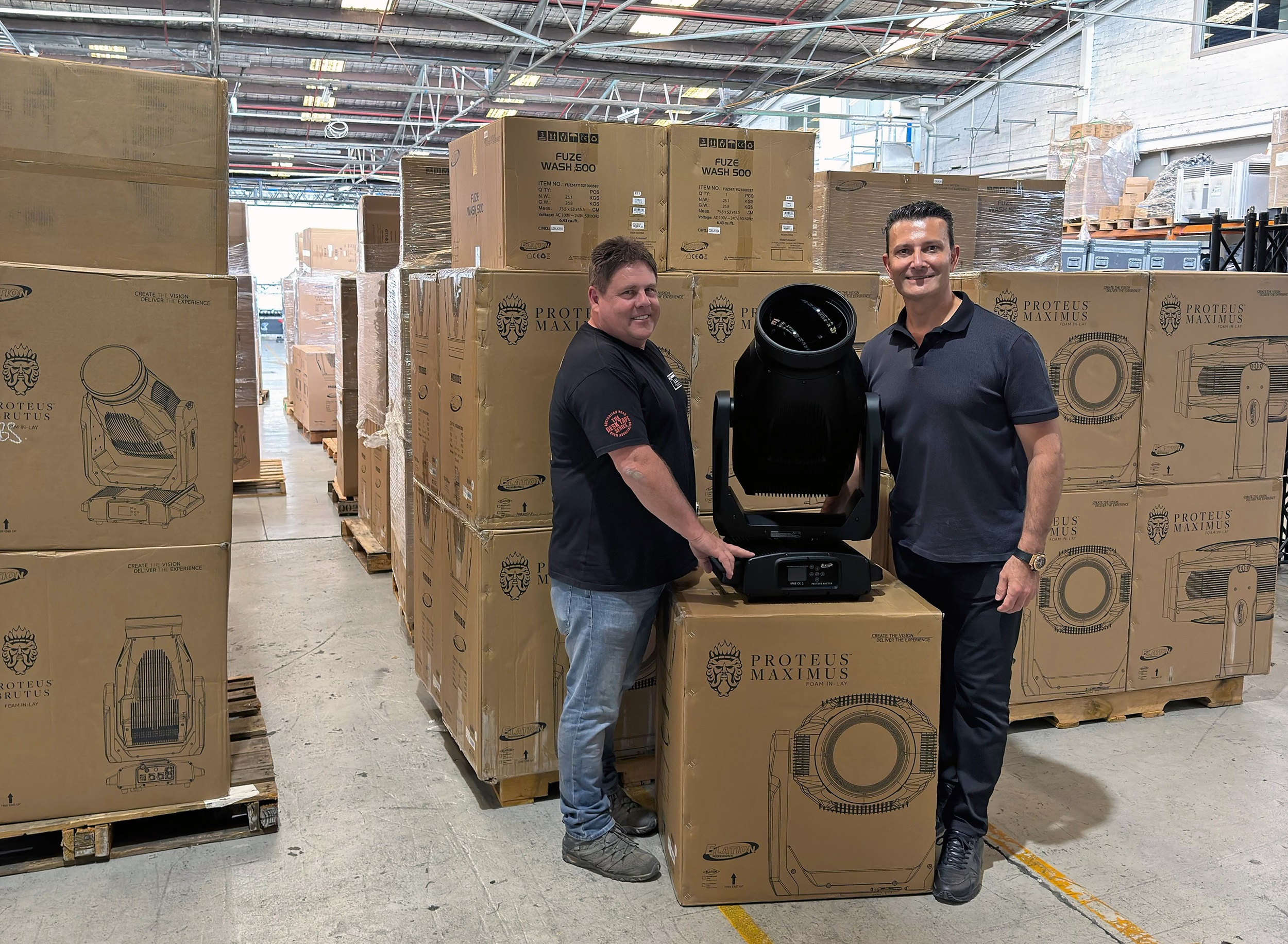COPENHAGEN, Denmark — LD Per Sundin combined the new with the classic for The Visit of the Royal Physician (Livlægens Besøg) at the Copenhagen Opera House. “We combined an 18th Century look with a very modern tool,” Sundin said, of the 64 square meters of Martin Professional LC Series LED panels used as moving set columns. The modular LED panels served as an important element of the opera’s overall scenography. They were divided into four vertical segments that could glide separately or be combined as part of a large scenic wall.
The production was based on a book by the Sweden’s P.O. Enquist on the love triangle involving King Christian VII, which was adapted to the stage as a full-scale opera. Created by Bo Holten, The Visit of the Royal Physician recently concluded a seven-week run of performances.
The set design included a total of 16 vertical set pieces, each 2 meters wide by 8 meters tall and all positioned on tracks so they could be moved across the stage. Apart from the four set pieces with the LC panels, the other 12 columns were painted.
When Sundin came on board the project, projection onto the columns was a consideration, but he quickly realized that projecting light would be problematic as the columns were continually moving. There were 65-70 different column configurations used throughout the opera.
Originally, the set designer and director staged the piece in a classical 18th Century theatre in Sweden, in which set pieces emerged out of the stage floor, allowing set looks to continually change. “Everything is built up on that,” Sundin states. “The screens are always moving and they change every scene.”
Sundin used the LC panels as LED panel projectors to project onto a black back-projection screen, in front of which is a painted scrim. “The two materials diffuse the pixels for a slightly frosted look,” Sundin said, “but not so much that you cannot read text. It works very well.”
One request from the director was for all 16 columns to look the same when the LED wasn’t on. “When you light the screen from the front you can’t see that there is anything behind it, and when the front eight columns are closed together you cannot see which pieces have the LED and which do not,” Sundin said. Of the eight columns closest to the audience, four were equipped with LC panels and four without.
Sundin cited a growing trend in stage productions of building LED into set designs. “I think you will see LED incorporated into sets more and more, and because the LC panels are light they can be implemented into set pieces fairly easily,” he said. “It’s a totally different way to use this tool. Also, with an opera house that is repertoire like this, they have to build and rebuild a lot so it’s important to have equipment that is easy to set up.”
The Martin LC Series LED panels use standard Prolyte CCS6 conical truss connectors to ease the task of linking the panels together, and with no external power supplies or drivers, each unit comes with everything it needed built in.
“The set columns are big and it would have been too heavy with full res HD LED. The idea was to use something very light but we were a bit afraid of low resolution, but the result has been excellent. The LC is so light it could be handled and easily moved. Everyone at the opera house including the technicians are very happy with them,” Sundin added.
The LC panels for The Visit of the Royal Physician were supplied locally by Proshop Europe and run custom designed graphics made by Beacon. Media servers were located behind the paneled columns on trolleys that moved with the columns.
For more info, please visit www.martin.com.


